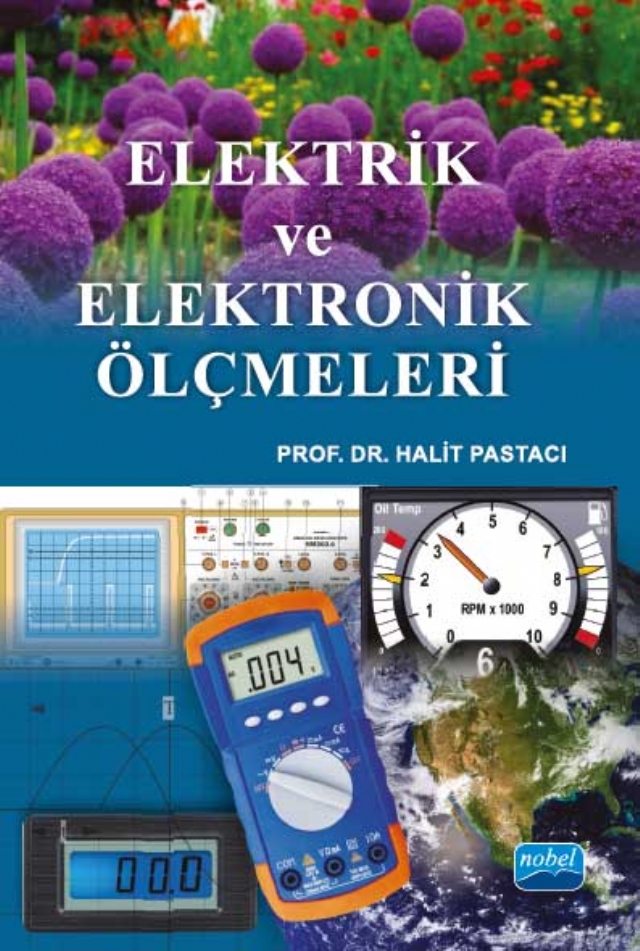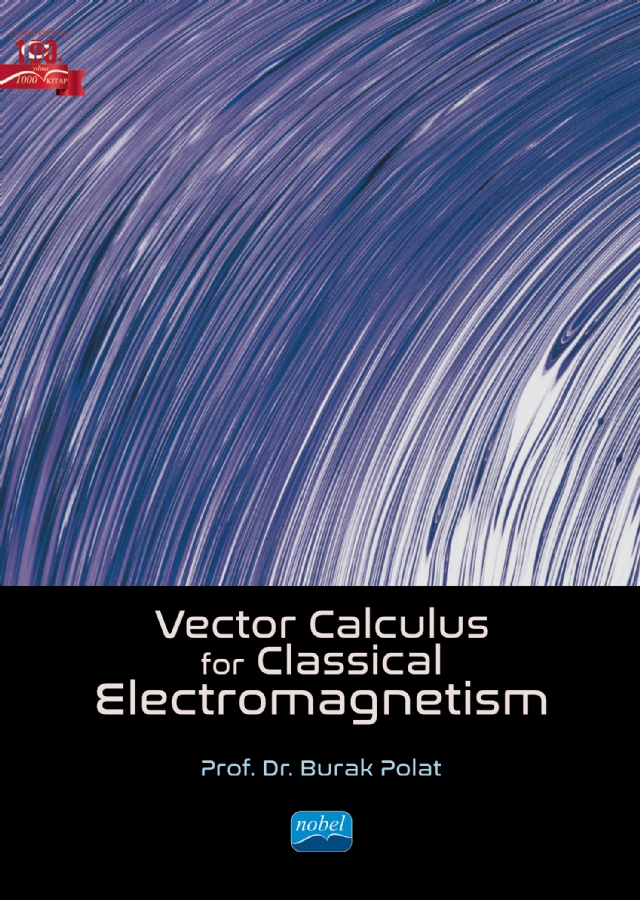Control and Automation Engineering \ 1-1

This book consists of 12 separate chapters. First, the basic characteristics of digital measurement techniques are explained and different examples are given on this subject. Principles of measuring frequency and time interval, principles and architectures of digital-analog and analog-digital converters, internal structures of digital volt...
Show more
A better understanding of the events in the world we live in is possible with the development of measurement techniques and laboratory facilities. Measurement and evaluation of physical events are made with various measuring devices. A large part of the devices used in measurement consists of electrical and electronic circuits. Based on th...
Show more
This book has been prepared in the light of the latest innovations and methods in the ever-changing and evolving field of electronics. With the basic information in the book, it is possible to make all kinds of applications of electronics. The information is enriched with numerical examples and experiments. In this direction, the book will...
Show more
Book; it consists of nine sections under the titles of Control Circuits, Simatic S7-200 Control Unit, Basic Control Applications, Design and Implementation, Program Control Operations, Numerical Operations, Real Time Operations, Interrupted Operation and Questions. In the book, it is shown how the mathematical expressions obtained for th...
Show more
In this book; technical information is given on machinery, mechanics, mechatronics, materials, manufacturing, electricity and electronics. It can be considered as a technical manual. The problems have been prepared in an original way. Using and converting units is very helpful. Technology cannot correct calculation errors as much as the ...
Show more
Assembly lines are one of the mass production systems frequently used in production and may be one of the most successful application areas of Industry 4.0 technology in the near future. Assembly lines, which are mostly used in the production of complex products, enable to increase the output per unit time by making the most effective u...
Show more
Automatic Control Systems is the basic book that explains how the electronic and mechanical systems, which are the foundation of the industry, should be controlled. When all systems are ...
Show more
Electromagnetism theory, one of the most rooted disciplines of physics, plays a key role in shaping electrical-electronic engineering. This book has been prepared with the aim of sharing the original content of the electromagnetic field theory course that I have given to my second year undergraduate students in the faculties of electrical an...
Show more
This book is an advanced original text on Vector Calculus aiming university students and researchers from engineering and basic sciences who are interested in the analytical aspects of classical electromagnetism as well as other disciplines of continuum physics. It is an outgrowth of the author’s published works and university lectures throu...
Show more